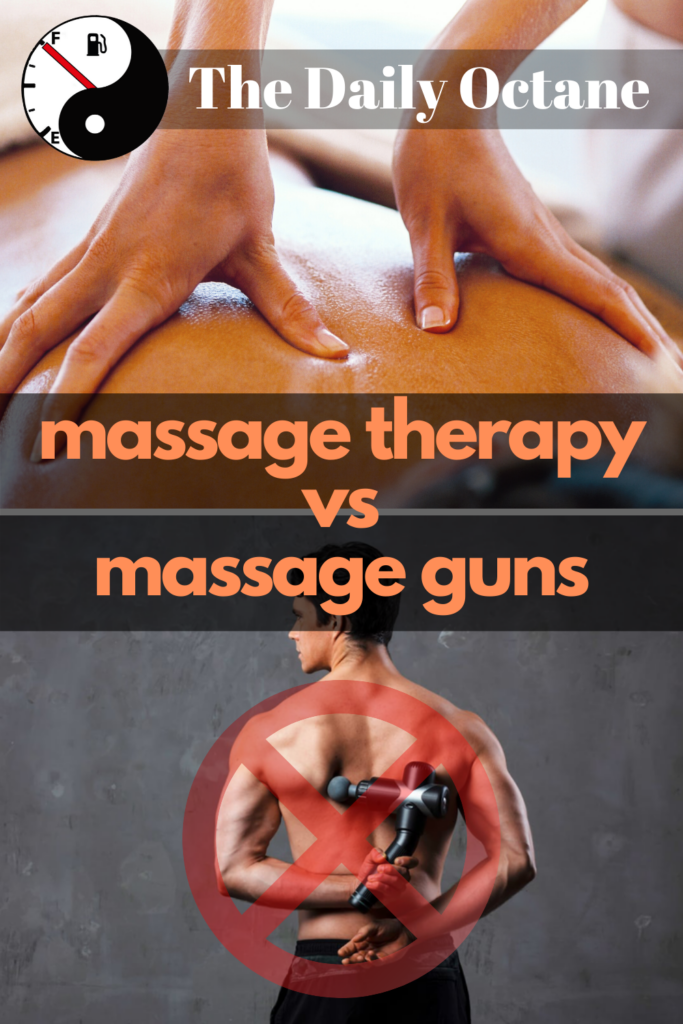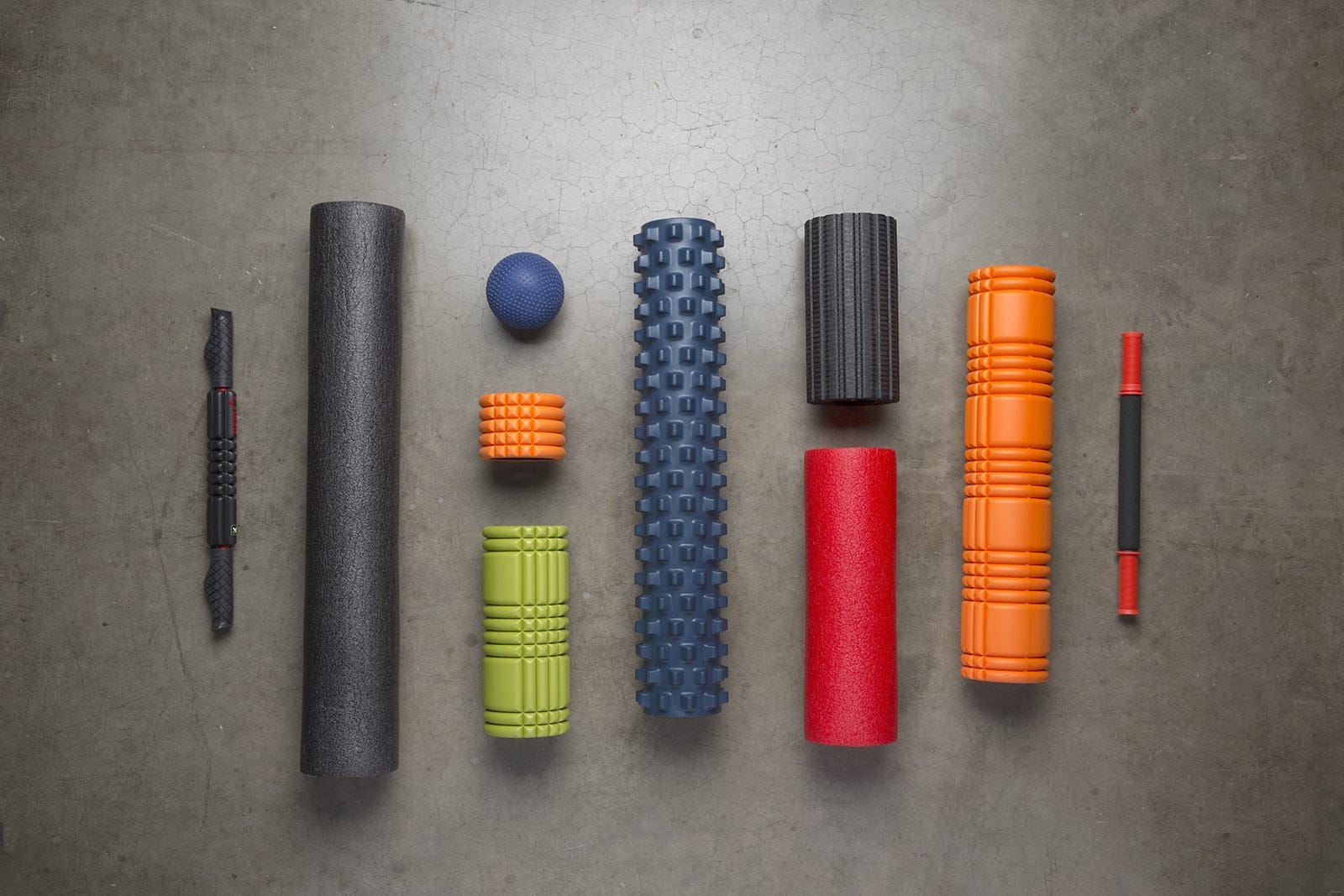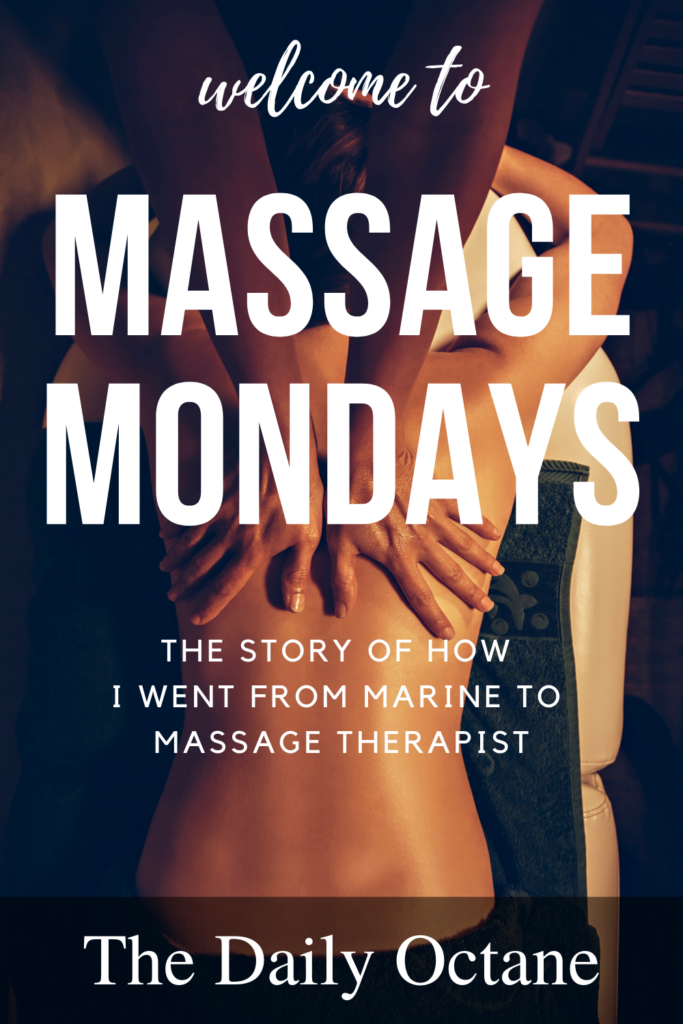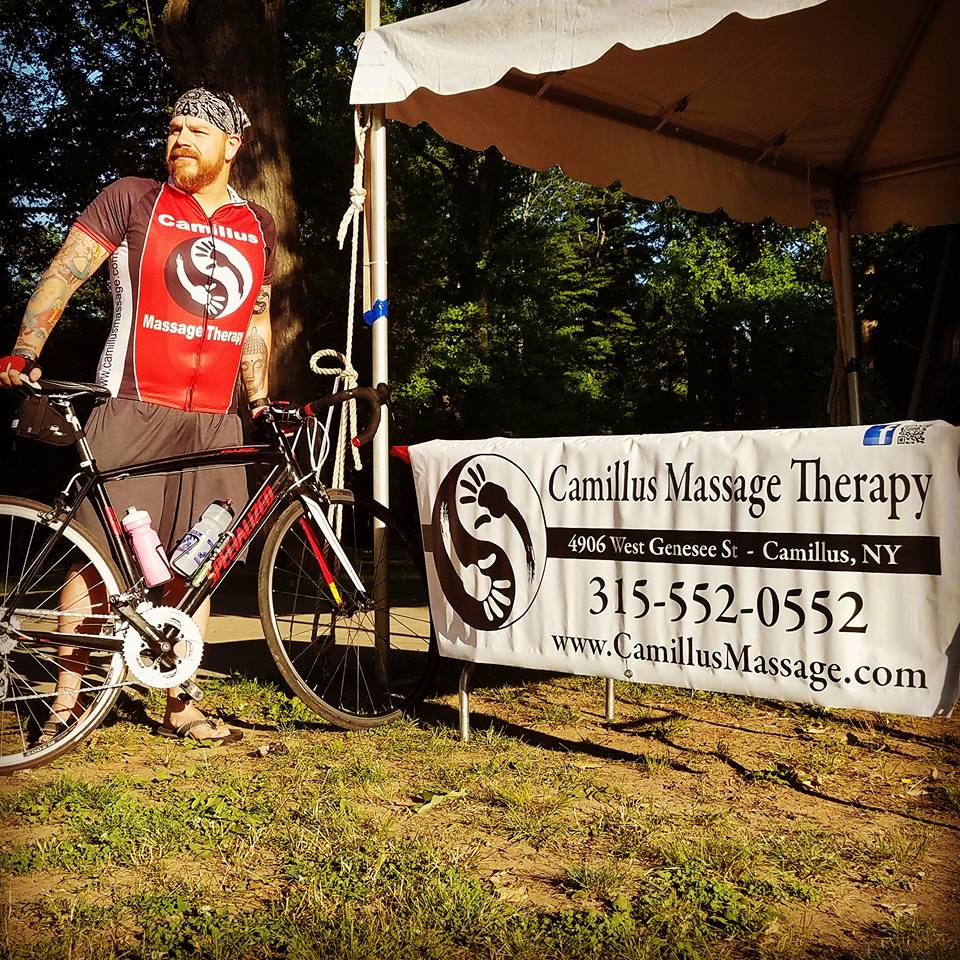
Several Types of Massage
For more than seven years, I have offered a source of pain relief and relaxation for my thankful clientele. My office is locally known for having a diverse massage staff and we offer a broad spectrum of talents. We have licensed massage therapists who excel at pre-natal massage and some that offer thai massage. A couple of my massage therapists really focus on offering incredibly relaxing Swedish massage and tend to avoid offering deeper work. The rest of us are deep tissue specialists.
Deep tissue massage is a gray area term. It can be synonymous with orthopedic massage or medical massage. I am not implying that all those offerings are the same, but rather they are often interchangeable terms for clients. I will break down all the varied massage offerings in this field in another Massage Therapy Mondays post, but for now we are going to focus on a small slice of the industry.
The majority of clients that enter the doors to my office fall into two categories. They are either dealing with some sort of physical pain or they are athletes looking for assistance with recovery. Most of these clients come for an hour but some come for ninety minute sessions. The cost for these appointments is $75 and $105, respectively.
Benefits of massage
Injuries are commonplace. There are more causes and symptoms than I could ever list here so I will speak in generalities. We see a lot of instances of general pain in the neck, shoulders, back and hips. Knees and wrists also motivate people to contact us on occasion, but the main four are neck, shoulders, back, and hips.
The causes of the pain is a far more diverse and complicated list. First and foremost, we are unbelievably destructive to our bodies in today’s society. It is not that we live harder lives than our ancestors. It is the stress of modern life that lies at the root of so many issues. Maintaining our households, worrying about our children and/or elderly parents, and successfully negotiating our careers can leave our bodies under constant assault from a chemical called cortisol.

The cortisol hormone is produced by your adrenal glands. It is known as the source of the “fight or flight” response. Beyond that primary function, it also serves to regulate a number of complex balances in the body such as blood pressure and metabolism. Without turning this into a biology and chemistry lesson, let’s just agree that is vital to life.
Cortisol becomes a problem when tissue is exposed to it for too long. While cortisol can help your body in a number of ways, it can also me destructive. Long term exposure to cortisol in the connective tissues can break those fragile organs down. It can weaken tendons and ligaments and damage protective organs like fascia. Every organ, bone, muscle, tendon, and ligament is covered in fascia. It is one singular and contiguous organ, akin to an internal skin. If you damage one area of your fascia, it can have consequential effects throughout your body.
Massage for Recovery
Athletes are everywhere. While many people instinctively think of professional football or baseball players when they hear the term, athletes are also runners competing in 5ks or marathons. Triathletes, who compete in multiple disciplines are athletes. People who choose to hike the Appalachian Trail or tackle all the High Peaks of The Adirondacks are athletes. Even those of us that regularly weight train at the neighborhood gym fall into the category of athletes.

There are unique needs and dangers of constant exercise that a massage therapist is specifically trained to understand and negotiate. Trigger points, muscle fatigue, delayed onset muscle soreness, lactic acid, and plantar fasciitis are just some of the regular issues athletes come to us with.
Massage therapists have special training to work the common issues athletes experience. We can focus our attention on areas that require the work. There is a subtle balance the body must maintain in order to remain pain free or recover from injury, and massage therapists have the tools to facilitate that balance. Unfortunately, people are Increasingly turning to devices to address these issues.
Foam rollers have a long history
While I have been in the massage industry for nearly a decade, foam rollers were around long before me. Over time, they have become more and more sophisticated. Nowadays, they come in all shapes and sizes to address as many areas of the body as possible. The theory behind rolling is that one can loosen tight muscles by using their own body weight to knead the tissue in the same way you roll dough.

For years, I have even suggesting foam rolling to clients as a complimentary option to maintain the success I have during the massage. A month between appointments is a long time and if rolling can help keep their quad muscles loose, all the more power to them.
The new kid on the block
Massage “guns” are a relative newcomer to the scene. A California chiropractor invented the massage gun to aid in recovery of his own back pain. Subsequently. he began using it on his clients and its popularity spread from there.
A massage gun is a tool that looks like an altered drill. It creates a repetitive compression against the body similar to a jackhammer. It functions at a high rate of speed and features a padded point of contact. The theory behind its use is that is will soften the tissue and aid in the removal of toxins and facilitate positive blood flow to the desired area. There is no doubt that the application of that device to some areas of the body can be a very pleasurable and therapeutic experience.
The massage gun has seen increased usage in the physical therapy field as well. When operated by a trained practitioner, it can be a fine ancillary tool in the box. Physical therapists and chiropractors have been using devices as part of their treatment plans for a long while now. However, I would make the argument that you cannot beat the trained hands of massage therapist when it comes to the soft tissue of the body.

Issues arise when individuals purchase a massage gun for themselves and use it at home without training or an understanding of the complex balance of the body’s musculature. Application of the gun to bone or areas of high nerve density can have devastating consequences. They could easily cause injury or make an existing injury worse.
Sometimes you need a pro
If you came across this article because you are injured and are curious if a massage gun can help, my emphatic massage is “I don’t know.” This article is not meant as a admonishment of massage guns in the marketplace. I am simply here to offer a cautionary warning.
If you are feeling pain that is causing discomfort beyond the normal, you should always seek attention from a trained individual. If you are experiencing issues with your soft tissue, consult a massage therapist like myself. We have experience in these issues and have an understanding of the general causes of pain. If someone comes to me with an injury that requires more than I can offer, I am quick to advise they see a doctor.
If someone chooses to address their own pain without any medical training with a massage gun, they are putting themselves at risk. Remember, many of our every day aches and pains originate from over-exposure to cortisol. A gun or a foam roller cannot address your stress, but the hands of a licensed massage therapist certainly can.
Christopher Hess, LMT



